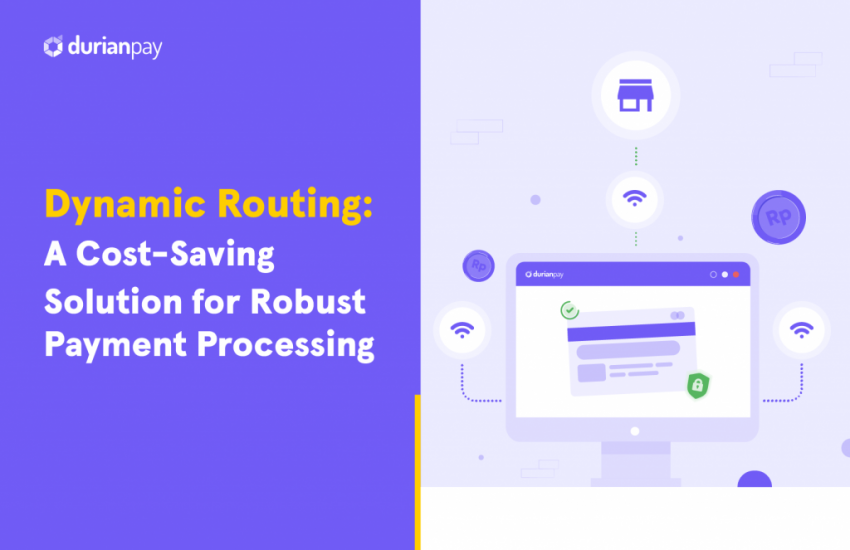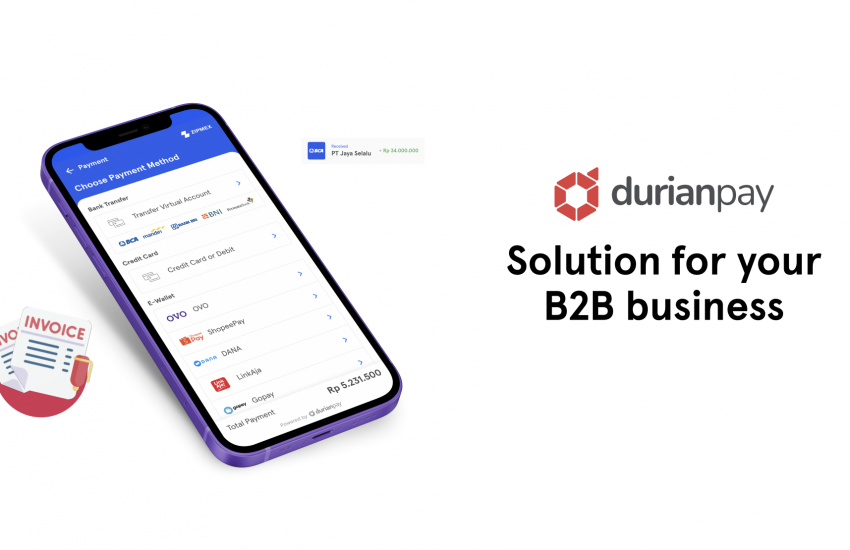Dynamic Routing might be an unfamiliar term, but it will serve as an important feature to provide robust payment experience for your customers. Read more to find out!

As a business owner, you know not every payment transaction gets completed. There are many factors that could affect this, such as customers’ willingness to complete the payment and your business’ payment system reliability. A low transaction rate may hint that customers are facing issues in completing transactions. Your business can suffer loss of sales, which potentially leads to loss of customers, too
Payment failure might be caused by:
- Customers cancel the payment
- Customers take too long to complete the payment
- Process failure at the level of payment provider or the bank
Moreover, 27.7% of failed payments is contributed by transaction errors in the payment ecosystem, including the payments service provider and the issuing bank account. While you cannot control your customers, this system issue is very much avoidable – and this is why businesses are competing to improve their current payment processing system.
How do you optimize transaction success rate?
Companies who are scaling, more often than not, invest a lot in making their payment system more robust. Among these efforts, the most common strategies applied by companies are:
- Provide customers with more options of payment method
Customers have different payment method they prefer to use. Providing a wider range of payment methods will increase your chance to cover more preferences. Besides, when certain payment method is down, you can still accept payment through other methods. - Integrate with multiple payment providers
Imagine if you are connected to a payment service provider, and suddenly the traffic is down by a certain technical error. It is very painful to not be able to accept payment while your business is still operational. If you integrate with more providers, you can route to another provider that is operational when there is issue with the current active provider. Your customers can still complete a payment regardless of how long the issue persists. - Monitor the traffic of each payment provider rigorously
Instead of waiting for customers to start raising concerns when issue happens, businesses adopt a proactive approach through monitoring. The options for monitoring also vary from building dashboard to setting up alerts.
Where to start?
The first 2 strategies can be done through integration with payment providers. Some providers facilitate integration with multiple payment methods at once. Integration process takes time and effort (API development, testing, etc), especially when being done with different providers.
While for the monitoring side, you need to allocate tech team’s time and effort for its development and assign operational team schedule and procedure to monitor.
Now you start calculating the cost, how many time, effort, and energy should be invested to this. Meanwhile, you need to drive other business aspects simultaneously. We hear you – costly solutions may end up outweighing the benefits.
This is a new source of headache especially when you have zero to little exposure to the industry.
Hence, choosing a solution while making sure you save as much cost as possible is a must for your business.
Introducing the all-in-one cost-saving solution: Payment Routing
For businesses that have integrated with multiple payment service providers and have built in-house routing, they can manually switch to another provider when the default provider is down. In digital payments, this feature is called as payment routing. It enables transactions to be routed to optimal payment provider according to predefined parameters. This way, businesses can optimize transaction success while reaching its goal e.g. provider downtime protection, transaction load distribution, and even cost optimization. The conversion rates directly depend on how the transactions are routed.
However, integrating with multiple payment providers and building a routing system from scratch is immensely expensive and time-consuming. Then how is this a cost-saving solution?
Fret not, this won’t be an issue if you are integrating with us. Durianpay provides the most complete payment method including the top 5 e-wallets, only with 1 integration! Our team would be happy to monitor and ensure prompt issue handling so you can allocate more time growing your business.
Most importantly, Durianpay provides the only dynamic payment routing service in Indonesia which currently supports QRIS and Virtual Account – two of the most common payment methods in Indonesia. VA dominates roughly 80% of payment method usage, while QRIS usage has increased by 154% in 2022.

Enter: Static Routing and Dynamic Routing
You can find the difference between static and dynamic routing in the table below:
| STATIC ROUTING | DYNAMIC ROUTING |
| Business can set fixed and strict rule | Cascading multiple rules in real time |
| Depends on the reliability of default provider | Real-time routing to the most reliable provider when the default provider is down |
| Sufficient for small businesses | A must-have for medium and large businesses |
To understand which one is more suitable for your business, we will deep dive into each.
a. Static Routing
Imagine you are traveling to a destination and there are 3 available routes to reach it: Route A, B, C. You choose route A as default because it has the shortest distance. However, your friend, who is also traveling to the same destination may choose route B as default because it has the most enchanting view for slow driving. Should there be any issue to route A, you will have to manually decide which of the other two routes to choose as an alternative. Similarly, in static routing, businesses can define fixed rules based on their preference to route payment traffic.
b. Dynamic Routing
With the same traveling scenario, imagine you have a device to calculate the best route possible based on multiple requirements at once (e.g. distance, safety). The device will also show you the cascade among the 3 routes based on adaptation towards traffic, weather, and other information automatically.
Like the illustrated device above, dynamic routing is built with a logic that considers the performance data from each payment service provider (e.g. speed, cost), providing up-to-date analytics to calculate successful routes. When one provider is down, the other one can still process the transaction and ensure that payment goes through. The system will automatically route payments to the right payment service provider in real-time without businesses having to manually switch the route itself.
Why dynamic, not static?
Since static routing may be advantageous for instances of establishing strict rules and using only selected accounts to proceed with specific transactions. Unfortunately, this does not guarantee any adaptability to real-time insights. Businesses may not be able to promptly respond to issues and have already lost a significant amount of transactions. This is hardly scalable for growing businesses and becomes the main reason businesses start to look for dynamic routing solution.
Dynamic routing connects you to the best-suited payment service provider, enabling your customers to enjoy a seamless and frictionless experience while your business prospers from operational continuity and improved conversion. It is easily scalable, and thus is more suitable for larger businesses with high transaction velocity.
Businesses have reportedly experienced 10% uplift in revenue through transaction success rate improvement. Establishing various routing rules gives you higher chance to navigate among the influencing variables. For example, Durianpay’s intelligent routing engine can choose the best route based on numerous parameters, such as success rate, downtime checking, and load weightage.
Can’t wait to save more cost? Reach out to us sales@durianpay.id to explore this powerful feature! Explore more solutions with us https://durianpay.id/




